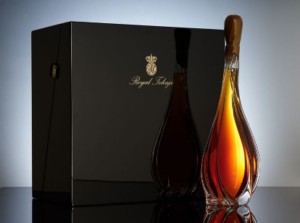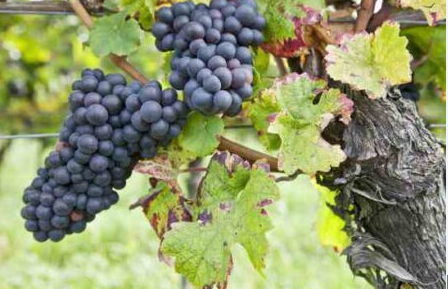Hungary, a country nestled in the heart of Europe, boasts a rich and diverse wine culture that has been a well-kept secret for centuries. This Eastern European gem has been quietly producing some of the world’s most remarkable wines. Hungarian wines, with their unique flavors and distinct character, are rapidly gaining recognition on the international stage. In this article, we will delve into the world of Hungarian winemaking, exploring their history, key regions, grape varieties, and what makes them so special.
A Storied History
To begin with, Hungary’s winemaking tradition dates back over a thousand years, making it one of the oldest wine-producing regions in Europe. Therefore, the country’s climate, diverse terroirs, and dedication to winemaking have cultivated a vibrant industry. Historical records reveal that Hungarian wines graced the tables of royalty and nobility during the Middle Ages, establishing a reputation for their exceptional quality
Transitioning into Modern Times
After enduring challenges such as phylloxera infestations and political upheavals, Hungary’s wine industry is experiencing a renaissance in the 21st century. Modern winemakers have adopted innovative techniques while preserving traditional methods, resulting in wines that capture the essence of Hungary’s rich history and unique terroirs.
Key Wine Regions
Hungary is home to several distinct wine regions, each offering a diverse range of wines. Let’s explore some of the most prominent ones.
Tokaj-Hegyalja: The Jewel of Hungarian Winemaking
Nestled in the northeast, Tokaj-Hegyalja is Hungary’s most renowned wine region. It is famous for its sweet white wines, particularly the world-famous Tokaji Aszú. These wines are made from Furmint and Hárslevelű grapes, which are affected by noble rot, resulting in a luscious, honeyed flavor. The region’s volcanic soils and unique microclimate contribute to the complexity of these exceptional wines.
Eger: Home of the Bold and the Beautiful
Eger, situated in the north of Hungary, is known for its full-bodied red wines. The Egri Bikavér, or Bull’s Blood, is a classic Hungarian red blend. It boasts a rich history dating back to the 16th century when it was said to have fueled Hungarian soldiers with unwavering courage. This wine is a blend of indigenous grape varieties, including Kékfrankos and Kadarka, resulting in a robust and flavorful red.
Villány: Red Wine Paradise
In the southern region of Villány, the focus is squarely on red wines. The region is famous for producing exceptional Bordeaux-style blends and Cabernet Sauvignon. Therefore, the sunny climate and diverse soils create ideal conditions for cultivating red grapes that yield wines with depth and structure.

Grape Varieties
Hungary boasts a wide range of grape varieties, many of which are unique to the region. Moreover, these indigenous grapes are a key factor in the distinctiveness of Hungarian wines.
Furmint
The flagship grape of Tokaj, Furmint is responsible for the exquisite sweetness and acidity of Tokaji wines. Therefore, it has also gained popularity as a dry wine variety.
Hárslevelű
Often used in Tokaji blends, Hárslevelű contributes floral aromas and complexity to the wines.
Kékfrankos
A versatile red grape found in several regions, Kékfrankos produces wines with bright acidity and red berry flavors.
Kadarka
Known for its role in the Egri Bikavér blend, Kadarka imparts spicy and peppery notes to the wine.
Juhfark
This unique grape variety is grown in the Somló region and produces full-bodied, mineral-driven white wines.
The Special Touch: Hungarian Barrels
One distinguishing feature of Hungarian winemaking is the use of traditional oak barrels. Hungarian oak barrels, often made from the Quercus Petraea tree, contribute a distinct character to the wines. Moreover, they impart flavors of vanilla, spice, and a velvety texture that enhances the wine’s complexity.
Conclusion
In conclusion, Hungarian wines, previously in the shadows of their European counterparts, now assert themselves in the global wine scene. Hence, the country’s rich history, distinctive grape varieties, and diverse terroirs collectively enhance the exceptional quality and character of Hungarian wines. Whether enjoying a glass of sweet Tokaji Aszú, savoring the boldness of Egri Bikavér, or relishing the elegance of Villány Cabernet Sauvignon, one is bound to find captivating flavors and stories in Hungarian wines. So, the next time you’re exploring the world of wine, don’t forget to uncork a bottle from Hungary and embark on a journey through this hidden gem of winemaking. Cheers to the rich tapestry of Hungarian wine!



